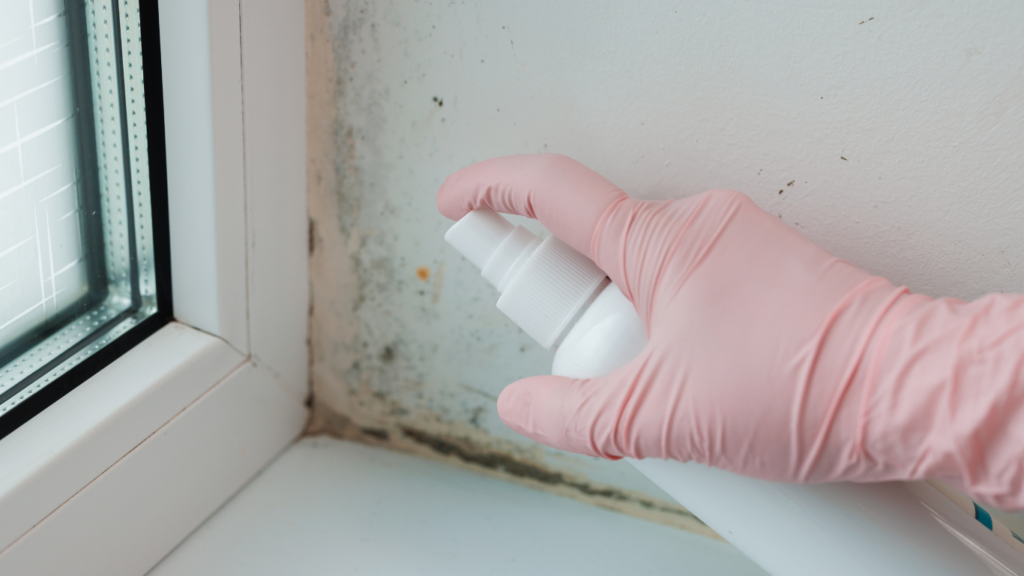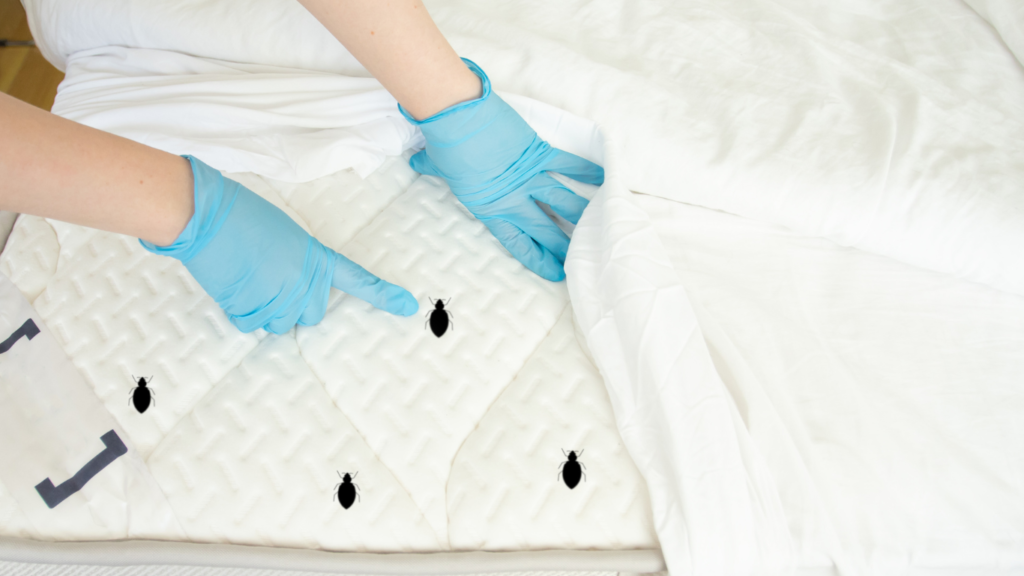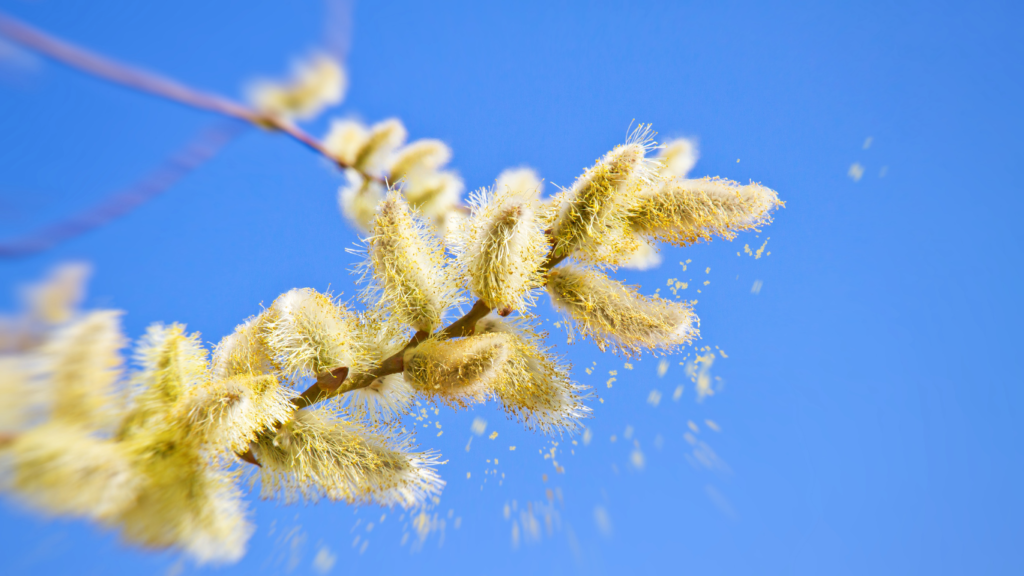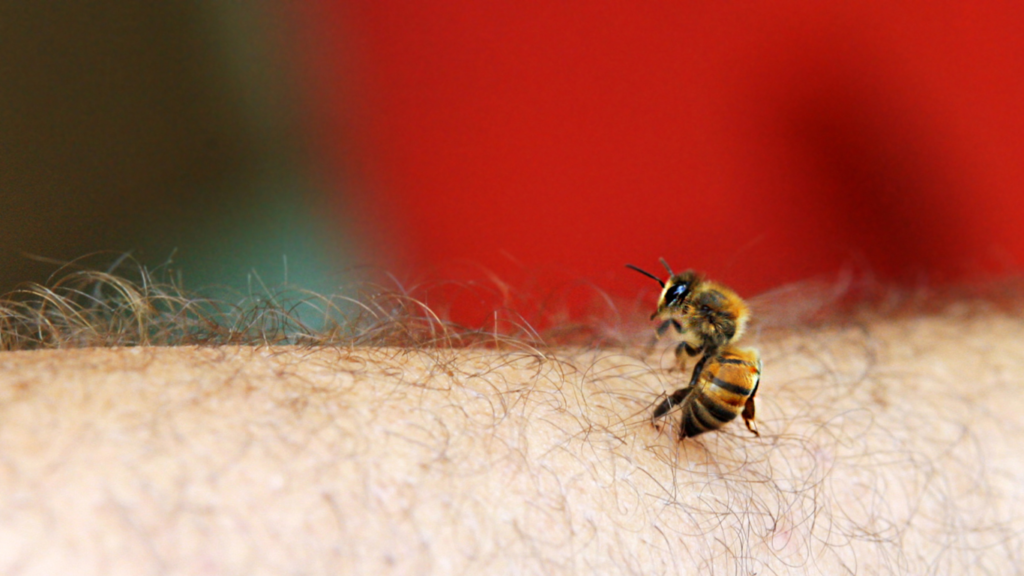
We love rain as it brings much-needed relief from the scorching heat of summer. But it also brings lots of problems as far as health is concerned. The increased humidity and dampness create a conducive environment for the growth of bacteria, viruses, and fungi, leading to a rise in infections and diseases. Rainwater itself may contain toxins and pollutants.
Common health issues during this season include respiratory problems such as colds, flu, and aggravated asthma. Proliferation of dust mites and pollen in humid weather can cause allergies in this weather. Skin allergies can also be particularly troublesome during the rainy season. Identifying triggers and implementing effective relief strategies are essential for managing symptoms. Here is a detailed guide to help you navigate through rainy-season allergies:
Identifying Triggers

Mold and fungus: Molds are usually found in Damp and humid environments, such as bathrooms, basements, and areas with poor ventilation. You might find them on the walls and ceiling of the house if there is any water seepage.
Symptoms of allergy:
Sneezing, runny or stuffy nose, itchy eyes, and respiratory issues.
Identification: Look for visible mold growth, musty odors, and damp spots in your home.

Dust Mites: Dust mites are tiny, microscopic bugs that thrive in household dust and warm, humid environments. Rainy seasons provide appropriate conditions for their growth. Mattresses, pillows, carpets, and upholstered furniture may have dust mites.
Symptoms of allergy:
Sneezing, runny or stuffy nose, itchy skin, and watery eyes.
Identification: Though dust mites are microscopic, their presence can be indicated by an increase in allergy symptoms in the bedroom or areas with a lot of fabric.

Pollen: Although pollen counts are usually not very high during the monsoon season, but certain grass plants release pollen particles during this time that can trigger allergies in susceptible individuals. Blowing winds can also spread the pollen far and wide.
Symptoms of allergy:
Sneezing, runny or stuffy nose, itchy eyes, throat, and skin.
Identification: Pollen counts are usually higher in the morning and can be checked through local weather reports or allergy forecasts.

Pet Dander: During the rainy season there may be an increase in fur and skin flakes from pets.
Symptoms of allergy:
Sneezing, runny or stuffy nose, itchy eyes, and skin rashes.
Identification: Allergy symptoms worsen when around pets or in areas where pets frequent.

Cockroach Droppings: The cockroach population increases in this weather like all other insects and pests. You can find them in kitchens, bathrooms, and areas where food is stored or prepared.
Symptoms of allergy:
Sneezing, runny or stuffy nose, itchy skin, and asthma symptoms.
Identification: Look for droppings, egg cases, and shed skins in dark, moist areas.

Insect sting: Rainy weather often leads to an increase in insect activity, which can trigger various allergies. The combination of humidity and stagnant water provides ideal conditions for insects to breed and thrive.
Symptoms of allergy:
hives, itching, redness.
Relief Strategies
Monsoon season allergies can be annoying but by taking some precautions you can protect yourself and your family.
Maintain Cleanliness: Regularly clean and vacuum your home, paying special attention to damp areas where mold and dust mites thrive. It will reduce the accumulation of allergens.
Control Humidity: Use dehumidifiers and air conditioners to keep indoor humidity levels below 50%. Open doors and windows on sunny and dry days to let fresh air come in. As the humidity level is under control, it will inhibit the growth of mold and dust mites.
Use Allergen-Proof Bedding: Nowadays allergen-proof covers are available for mattresses and pillows. These can be used to prevent dust mites from accumulating in bedding.
Regularly Wash Bedding and Fabrics: Wash sheets, pillowcases, and blankets weekly in hot water and disinfectant. It will kill dust mites and remove allergens.
Reduce Indoor Plants: Though indoor plants are good for air quality a lot of them can promote mold growth. Limit the number of indoor plants, as damp soil increases humidity and promotes mold growth.
Improve Ventilation: Use exhaust fans in bathrooms and kitchens, and open windows on dry days to improve air circulation. Ventilation helps reduce moisture and prevent mold growth.
Invest in an Air purifier and vacuum cleaner with HEPA filters: HEPA filters can capture airborne allergens like pollen, dust mites, and pet dander effectively. Using these regularly can be helpful for allergies.
Keep Pets Clean: Bathe pets regularly and keep them out of bedrooms and off furniture. It will reduce the spread of pet dander.
Practice Personal Hygiene: Wash your hands frequently to reduce the chances of allergens entering your body. Take a good bath and change clothes after spending time outside. It will remove pollen and other allergens from your body and clothing.
Wear Protective Gear: If you have severe allergies, try wearing a mask to cover your nose and mouth when outdoors. This can help in filtering out allergens in the air you are breathing.
Avoid Outdoor Activities During High Pollen Counts. Stay indoors on high pollen count days, usually early morning, and windy days. It will minimize exposure to pollen.
Use Saline Nasal Rinses: Rinse your nasal passages with a saline solution to clear out allergens. Jal neti is the term used in Ayurveda for saline nasal rinse. It will relieve nasal congestion and reduce allergy symptoms.
Doctor Consultation and Medications: Some anti-allergy medicines like antihistamines, decongestants, and nasal sprays are available over the counter easily. If allergy is severe steroids may be prescribed by your doctor. Consult him/her if your allergies are severe or persistent. The doctor may advise some tests to identify specific allergens and recommend appropriate treatment options.
For insect bites, some home remedies can be particularly useful if symptoms are mild. Apply cold compresses to reduce swelling and itching, use baking soda paste or aloe vera gel for soothing insect bites, and consider natural repellents like citronella or eucalyptus oil.
By identifying triggers and implementing these relief strategies, you can effectively manage and reduce allergy symptoms during the rainy season. If symptoms persist or worsen, it is advisable to consult an allergist for personalized treatment and management plans.
